Mount Rushmore, an iconic emblem of American history and culture, stands as an enduring tribute to the nation’s founders, etched into the landscape. Beyond its surface, these towering granite faces also invite us to explore a history far more ancient than America itself. While we often admire the fossil-rich rock layers on our planet’s surface, the rocks that form Mount Rushmore offer just a glimpse of the extensive layers below, which carry a history of past calamities shaped by earth, water, and fire. Yet, they contain no fossils of dinosaurs or mammals, no insects or plants. Geologists label these rocks as…the “Precambrian!”
According to old-earth geologists, Precambrian rocks make up some four billion years of earth history. How should Christians reconcile these thick sequences of rock with the young-earth timescale recorded in the Book of Genesis? Navigating this geological conundrum will require us to embark on a pilgrimage through the Precambrian.
Rewinding the Record
“I have excavated for thirty years with a Bible in one hand and a trowel in the other, and in matters of historical perspective I have never found the Bible to be in error.”1
Professor Nelson Glueck, biblical archaeologist 1900-1971
Can we approach geology―the study of Earth―with the same confidence Professor Glueck approached the realm of archaeology? The vast majority of creationist geologists do not yet have a confident view of how to relate all rock layers that make up the geologic record to the earliest events in the Bible, as recorded in Genesis 1-11. But can we?
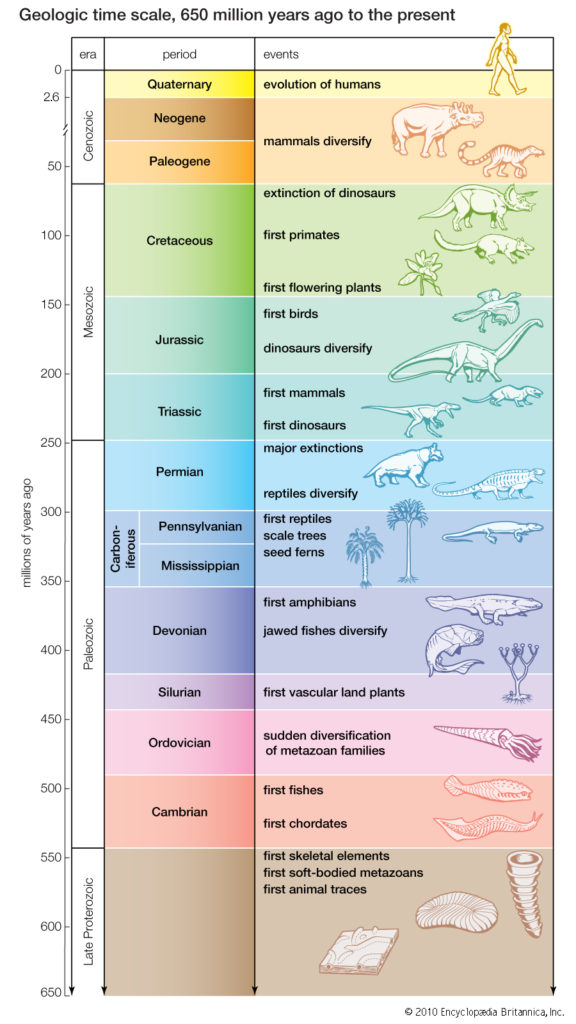
In order for us to do this, we must cast aside deductions based on unbiblical paradigms. If creationists are going to develop a well-rounded, biblical view of Earth’s past, then we must figure out how to best correlate the geologic record with the biblical record. On one hand, this will require us to think like a Bible scholar; we must search the Bible with a fine-toothed comb for descriptions of events that may have left geological clues behind. But on the other hand, we will also need to think like a geologist; since the geologic record formed from bottom to top, this means we need to think from bottom to top too. We need to start with the Precambrian, the lowest layers of the geologic record.
Precambrian in Context
There exists great complexity recorded in the rocks of the Precambrian, and discernment is needed to explain and correlate it with events recorded in Scripture. It is important for us to keep the sequence of events recorded in both biblical and geological records as we consider how best to correlate them. This is necessary to ensure we do not conflate events that are not related to each other at all.
The Precambrian portion of the geologic record is not often discussed within lay creationist circles. One reason for this may be that when they think about rocks, they tend to focus on the ones containing fossils of our favorite extinct critters, like the dinosaurs and saber-toothed cats. But did you know that multicellular animals like these are nowhere to be found throughout the Precambrian layers?
Nicolas Steno

Before becoming a Catholic bishop in his later years, Danishman Nicolas Steno (1631-1686) was a scientist seeking to understand the history of the world God created. As a pioneer in both fields, Steno possessed a good understanding of anatomy and geology. He is often called the “Father of Stratigraphy,” which is the study of rock layers and layering. But he was also a young-earth creationist. He believed that God created the world just a few thousand years ago and that He destroyed and transformed via a devastating global Flood.
Steno tried to reconstruct the geologic history of the Tuscany region, where he lived. He concluded that the lowermost layers of the geologic record should be devoid of fossils. His reasoning for this was simply that these represented rocks formed during Creation Week before God brought animal and plant life into existence.2
Long after Steno’s death, young-earth geologists appreciated the stark difference between the Precambrian layers themselves and the layers above them. Because of this, creationists shared a unanimous agreement that these layers formed from the creative and secondary processes that unfolded during Creation Week.3
Then things got weird.
It Came From the Precambrian…
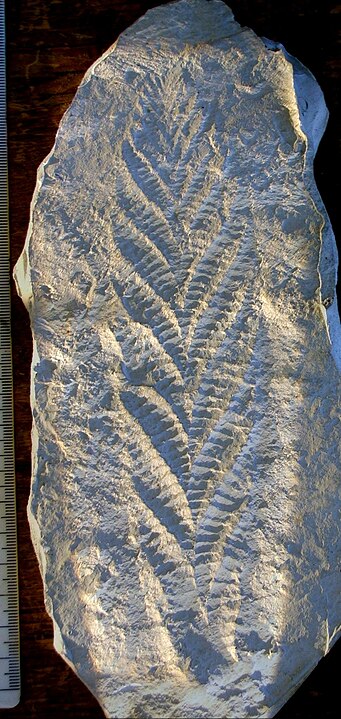
In 1956, 15-year old Tina Negus discovered what looked like a fossilized fern in England’s Charnwood Forest.4 She showed her find to her geography teacher, who adamantly declared, “There are no fossils in Precambrian rocks!” No one took her find seriously. But over the next several years, other people presented similar findings.5 Amid these new discoveries, scientists also realized they had mislabeled many of their previous finds of Precambrian fossils as belonging to the Cambrian, the layers immediately above those of the Precambrian.6
Before long, scientists discovered that there was an entire community of complex, multicellular lifeforms in the upper Precambrian. Collectively, these lifeforms are called Ediacaran fauna. They were so bizarre that scientists could not even tell whether they were animals, plants, or something else entirely. It was like discovering a menagerie of aliens from another planet!
Even More Precambrian Critters
Scientists realized that the “fern” Tina Negus discovered was not really a fern at all. It was actually a bottom-dwelling organism thought to be similar to modern sea pens. Today, scientists call it Charnia, after the Charnwood Forest where it was first found. Another alien-like Ediacaran critter was Dickinsonia. It looked and probably moved a lot like a living carpet across the seafloor. Though most scientists now believe Charnia and Dickinsonia to be animals, they are still not exactly sure what type.
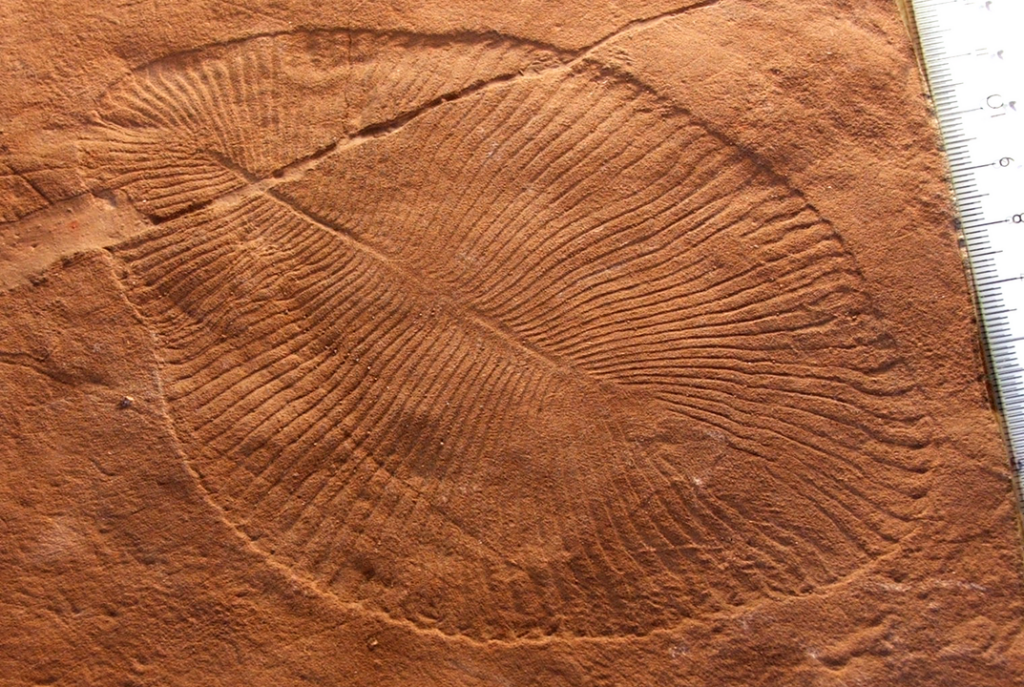
But the Ediacaran fauna are not the only, nor the most numerous, Precambrian fossils we have found so far. Scientists now believe that most of the Precambrian fossil record actually contains evidence left behind by single-celled life forms, like cyanobacteria!
When on the biblical timeline did these alien-looking creatures live? If the Precambrian formed largely during Creation Week, before the existence of death, how is it that we have alleged bacterial fossils within them?
We Will Rock You
Fossils aside, geologists have come to realize that the Precambrian rocks themselves possess a number of unusual features. These rocks also bear witness to a complex series of processes that occurred well before the first fossil-bearing rock layers were laid down.
Incoming!
The Vredefort crater is a circular 190-mile wide scar across South Africa likely formed by an asteroid impact. When did this space rock smack into the earth?
Continents on the Move
We also have evidence that the continents were arranged differently than they are today. You may be familiar with the supercontinent of Pangaea, composed of all the continents we know today put together into a single landmass. Well, some geologists think there is evidence within the Precambrian that suggests as many as seven supercontinents preceded Pangaea. Did these supercontinents actually exist? If so, when did they form? During Creation Week, or the global Flood of Noah’s day?
Precambrian Peculiarities
How are we to explain widespread erosion surfaces, like the Great Unconformity that divides the Precambrian from the Cambrian layers above them? What about unique types of minerals and rocks like the Banded Iron Formations that geologists find almost exclusively in the Precambrian? How are we to explain those?
These and many more mysteries lie within the mostly unexplored Precambrian. Raising so many questions for the young-earth creationist, there is clearly something important waiting for us to understand.
Your Pilgrimage Begins Now
The Precambrian is much more than a simple pile of rock layers. They have a specific sequence of rocks that indicates a sequence of events―a history. The question of how to interpret this history has caused considerable disagreement among creationists.
This series will detail creationist research on the Precambrian thus far. We will first look at overall patterns of the Precambrian and learn how it is interpreted by conventional geologists. Next, we will skim through the history of creationists’ interpretations of the Precambrian, learn how most young-earth geologists interpret it today, and determine the best way forward.
Don your pick axes, boots, and your time-travel method of choice. We will journey back to the primeval days of our planet in an attempt to reconstruct its history with evidence from the Bible and the rocks beneath our feet.
Acknowledgements
The author wishes to thank Harry Dickens for his involvement in the research and development of this article.
Pilgrimage Through the Precambrian Series
Precambrian Peculiarities (Part II)
The Story of Ancients (Part III)
Chinks in One’s Crust (Part IV)
The Future of the Precambrian Past (Part VI)
Footnotes
- Wieland, C. 1992. Archaeologist confirms creation and the Bible―Interview with archaeologist Dr. Clifford Wilson. Creation 14(4):46–50. ↩︎
- Winter, J.G., (Translator), Nicholaus Steno (1631–1686): The Prodromus of Nicholaus Steno’s Dissertation Concerning a Solid Body Enclosed by Process of Nature Within a Solid, An English Version with an introduction and explanatory notes, Hafner Publishing Company, Inc., New York, pp. 263–264, 1968. ↩︎
- Johns, W. H. (2016). Scriptural Geology, Then and Now. Answers Research Journal, 9, 317-337. ↩︎
- Negus, Tina. “An account of the discovery of Charnia.” Archived from the original on 2011-07-23. Retrieved 2021-09-13. ↩︎
- Ford, Trevor. “The discovery of Charnia“. Archived from the original on 2011-07-23. ↩︎
- Sprigg, R. C. (1947). “Early Cambrian ‘jellyfishes’ of Ediacara, South Australia and Mount John, Kimberly District, Western Australia.” Transactions of the Royal Society of South Australia. 73: 72–99. ↩︎

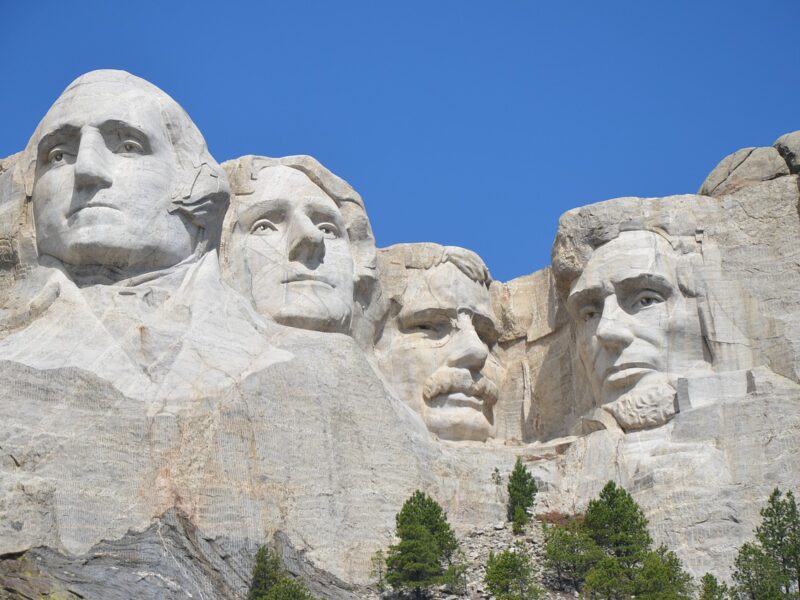
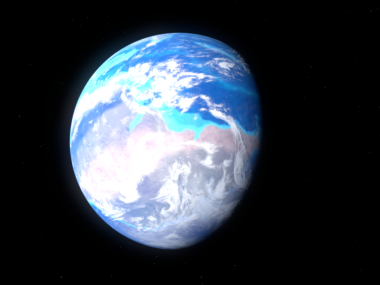




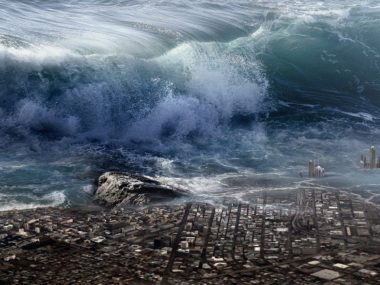




This is great, Christian! I’m just starting to read through this article series. I feel like (and this is my opinion) the Precambrian is a hard thing to make interesting to people, but you’ve done well here! There are so many weird things going on down there–we as creationists definitely need to think more about what it means within young earth models of earth history.
Thanks, Caleb! Our editor is definitely to thank for making this series as fun of a read as it is. And yes, it is definitely very difficult to make the Precambrian an interesting subject for people. In fact, I didn’t find it all that interesting myself until I started this series (“It’s Creation Week rocks. Who cares? Those are boring. I wanna learn about the rocks with fossils!”). But writing and developing has given me a new fascination for the Precambrian. I hope that this series inspires others to pick up the baton and continue in the footsteps of other Precambrian pilgrimagers like Harry Dickens and Ken Coulson.